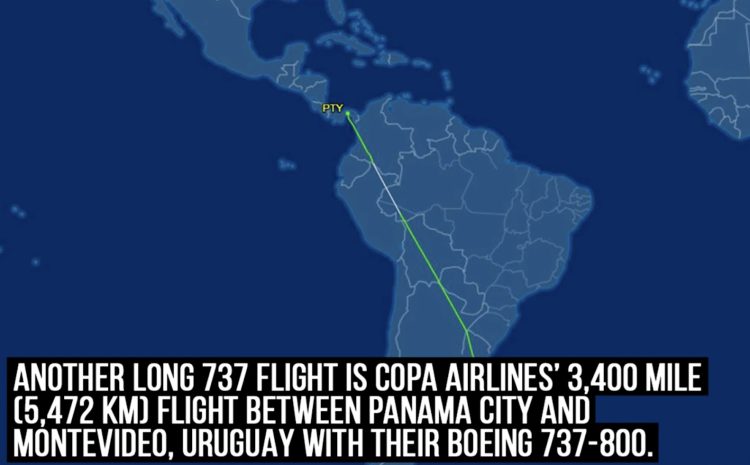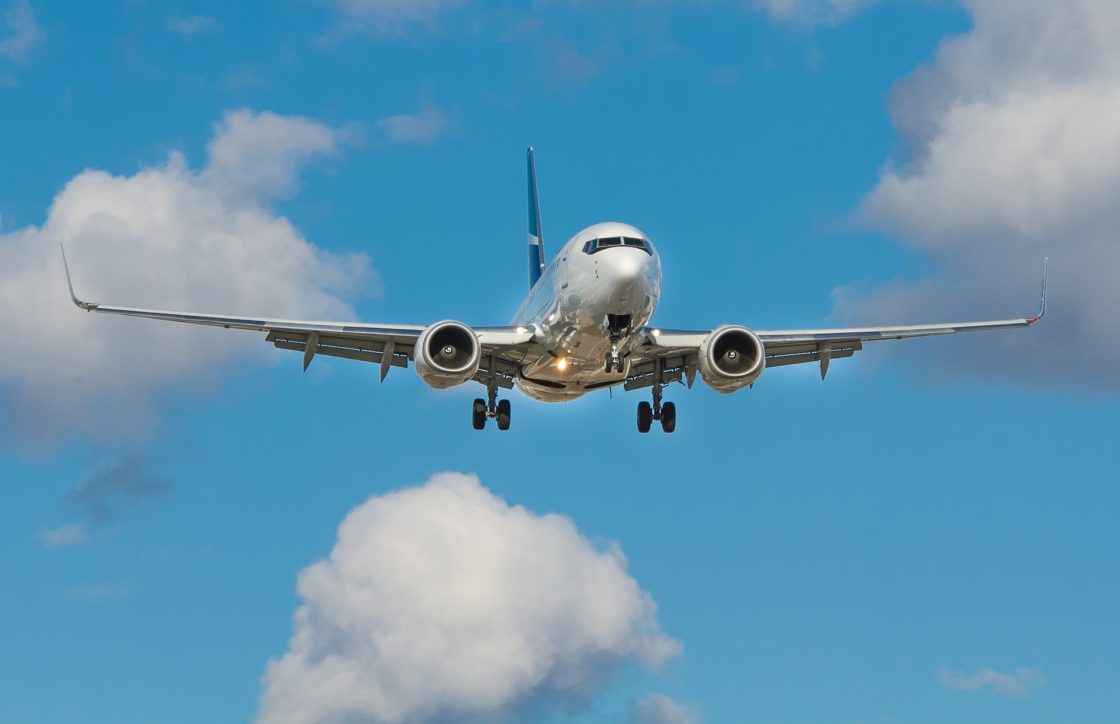Maximizing 737-800 Range: Top Tips for Extended Flights

The Boeing 737, renowned for its popularity and commercial success, has been a best-selling aircraft worldwide since its inception in 1968, with over 11,000 units sold across four generations of improvements.
Originally designed by Boeing for shorter routes that were unprofitable for larger aircraft, the 737’s range has undergone enhancements over the years. This has allowed airlines to utilize it on various routes worldwide, making it a critical factor in the aircraft’s triumph. Its appealing features, such as good passenger capacity, fuel efficiency, and low maintenance costs, have also contributed to its success.
The Boeing 737’s Design and Purpose
The Boeing 737 holds a significant place in aviation history as a narrow-body jet airliner specifically built for operating on short routes, which were not economically viable for larger planes. This strategic move by Boeing was a response to the shift in demand towards more cost-effective air travel options. Large long-haul airliners like the Boeing 777 and Airbus A330 would not make financial sense on routes with lower passenger demand, as they are more expensive to acquire, operate, and maintain. In contrast, the Boeing 737 proved to be more affordable, easier to fill with passengers, and thus more profitable, making it one of the best-selling aircraft in the world.
Boeing’s continuous commitment to improvement has led to the development of four different series of the 737, each focused on enhancing the aircraft’s range and fuel economy. The most significant improvements came from the incorporation of efficient and powerful new engines.

Factors Influencing the Boeing 737’s Range
Just like cars, an aircraft’s range is influenced by various factors, including wind, weather conditions, engine variants, and the total weight of the aircraft. Weight plays a crucial role, as a heavier plane requires more energy to stay airborne, resulting in a higher fuel burn rate and consequently, a limited range.
The Maximum Take-Off Weight (MTOW) of an aircraft is a fixed value that remains constant regardless of altitude, air temperature, or runway length during takeoff or landing. It comprises the aircraft’s weight, fuel, passengers, and cargo. Since weight significantly impacts an aircraft’s range, the MTOW is a critical factor in understanding the 737’s capabilities.
It is important to note that the data presented in this article is sourced from various reliable sources, but as with any data compilation, discrepancies may occur due to real-world variations.
Range of the Boeing 737 Through Different Generations
The original 737 series, introduced in 1967, featured two variants, the 737-100 and the slightly elongated 737-200, catering to increased passenger capacity.
- Following the success of the first series, Boeing introduced the “Classic” series, including the 737-300, -400, and -500, equipped with improved engines that extended the range and passenger capabilities;
- Subsequently, the “Next Generation” series debuted in 1997, boasting better fuel economy and lower maintenance costs thanks to new CFM56-7 Series high-pressure turbofan engines. This generation included the 737-600, -700, -800, and -900 models.
Lastly, in an effort to compete with Airbus’s A320neo series, Boeing developed the “MAX” series, featuring improved fuel efficiency, passenger capacity, and range, primarily due to the new CFM LEAP-1B engines.
Conclusion
The Boeing 737, with its different variants, has seen a steady evolution in range over the years, from the 737-100’s 1,720 nautical miles to the 737 MAX 7’s impressive 3,850 nautical miles. Despite its original design for shorter routes, the 737 has been used for flights of over 8 hours by several airlines. Whether travelers opt for long journeys in a narrow-body jet like the 737 depends on their preferences and needs.